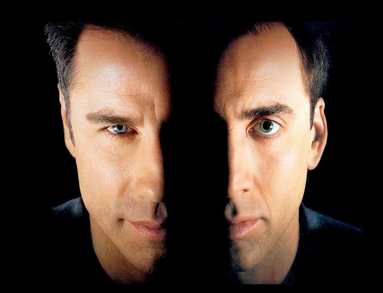Jobs-to-be-done seems to be a real convergence point for many innovation thinkers. This needs to be more central in our innovation thinking it seems to me.
Discovering intersections is where ideas collide, according to a theory brilliantly put together in a book some years ago by Frans Johansson called “The Medici Effect”. Johansson recommends we step into these intersections and then you can see how different thinking can meet head to head, as in this case from numerous innovation experts, to give you a deeper insight into your own innovative thinking.
I often have a habit of opening up a file on a subject when I feel it needs further exploring and jobs-to-be-done has become one of these. It is the convergence of many experts repeating sometimes their personal mantras has finally given me a growing realisation on how important this understanding of satisfying these jobs-to-be-done becomes too successful innovation.
Now this ‘light bulb’ moment of mine may not come as such a great surprise to some of you selected few but I’d argue it might be worth reflecting upon by taking a fresh look at this ‘idea’ of jobs-to-be-done a little deeper in your thinking also. There are many who tell you we should.
The power of many innovation thinkers Continue reading “Grounding innovation through convergence and intersections”
